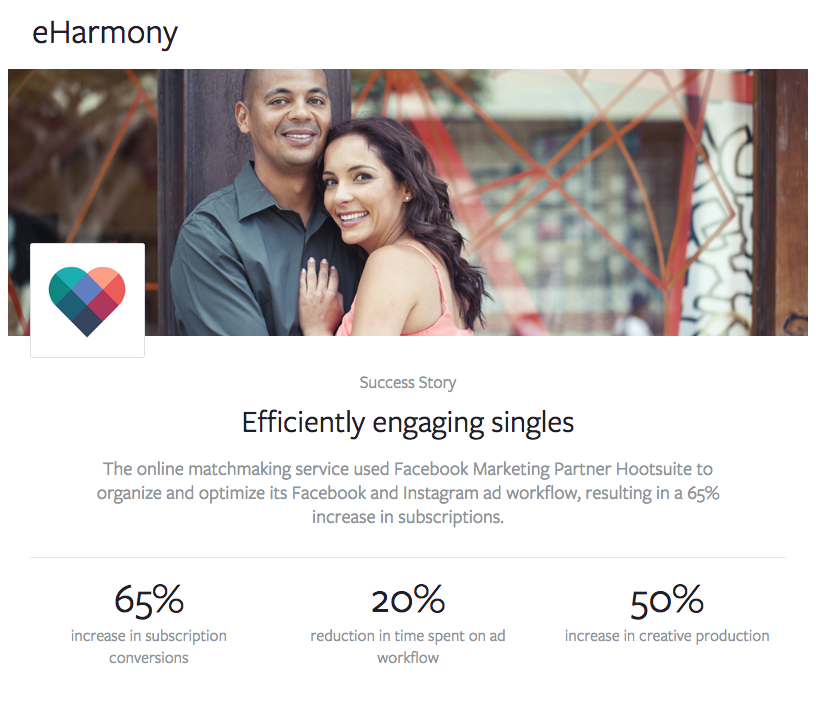Social media has been one of the defining elements of our new generation. There’s no denying its power: we’ve seen nearly every aspect of our lives altered, from something as simple as staying connected to old friends, to affecting election results. But marketers remain unclear how to prove the business worth of social – and how to track social media ROI. Here’s how to dig into the data and keep tabs on it all . . .
Not that long ago, social media was seen as a frivolous activity that people did in their own time – and consequently, many companies thought social unworthy of their time or investment. Times change!
Social media spend has increased by 234% from 2009 to 2017 and it often takes centre stage in marketing campaigns – in fact, it could very well be the campaign! At the end of a brand brainstorm, the question you’d often hear, ‘how can we make this idea more social’, is now rarely whispered. Instead, ideas are frequently formed around social channels, based on targeted audiences.
So everyone is seemingly agreed on the importance of social. Great! But there is still a mountain to climb when it comes to proving how it affects the bottom line, or brand awareness, of the business.
Social media ROI: tracking the value
Despite the overwhelming interest and prevalence of social media, just 11.5% of marketers can prove a quantitative impact – an issue that’s putting a lot of pressure on the industry. We know for a fact that social is important, so why is it so hard to measure?
Part of the problem is the incredible number of metrics by which we can define success. Whether you use social media to drive awareness, revenue, customer satisfaction, increase traffic or generate leads, teams must constantly track the value of the time and resources they’re investing. One of the biggest mistakes is trying to track every single metric, leading to massive amounts of data that may not necessarily be useful to your organisation. Companies engaged on social need to determine what their key goals are and focus on the right metrics to achieve those goals.
What’s the point?
As with any other aspect of the business, there should be direct and measurable goals when it comes to social media. Those goals could range from anything from increasing revenue or sales of a particular product to building brand awareness among a certain demographic.
 There are simple tools that can provide this information – it’s the most tangible way of proving worth to a business. For example, eHarmony (see image, left), the online matchmaking service, used Facebook Marketing Partner Hootsuite to organise and optimise its Facebook and Instagram ad workflow, resulting in a 65% increase in subscriptions.
There are simple tools that can provide this information – it’s the most tangible way of proving worth to a business. For example, eHarmony (see image, left), the online matchmaking service, used Facebook Marketing Partner Hootsuite to organise and optimise its Facebook and Instagram ad workflow, resulting in a 65% increase in subscriptions.
If the goal is brand awareness, there are metrics you can use, such as audience reach and engagement, to see how perceptions are changing.
Connect the dots
To then build a clear picture of the effect your social presence is having, you need to watch closely how these interactions work together. If you use Google Analytics, or a similar platform, you can use tracking parameters to connect various assets of your campaign to what is happening on your website.
Following the customer journey means a better understanding of your audience and you can tweak accordingly; measuring social ROI helps you identify gaps in your strategy, key messages and content and helps you better understand customer perceptions, preferences, conversations, and motivations.
While things such as likes, comments and shares are known as ‘vanity’ metrics, they still have merit. Keep tabs on them each month to ensure your social presence is in good shape.
Why is it relevant?
When presenting the results back to the business, it can be an easy mistake to assume everyone understands what it all means. Ensure you break out of your social bubble, put yourself in their shoes and create a report that is clear and digestible. Not everyone you’re presenting to will know what a retweet is, or the value of it, so bear this in mind.
It’s also worth remembering that measuring social ROI isn’t just to prove how valuable your campaigns are. You’ll want to track it to grow it, and bring even more value to the business. Something doesn’t work? Dig into the data to find out what isn’t working, adjust and measure the difference it makes to the business goal. Something working well? Expand it across other channels.
Social strategies can often lack purpose, but by ensuring you’re posting for a reason you know the measurement report is meaningful enough to get the buy-in from others.
The beauty of social is that it’s fluid, ever-changing and malleable enough for you to drive your business goals – you just need to let the business know just how relevant it is.
Have an opinion on this article? Please join in the discussion: the GMA is a community of data driven marketers and YOUR opinion counts.


 There are simple tools that can provide this information – it’s the most tangible way of proving worth to a business. For example, eHarmony (see image, left), the online matchmaking service, used Facebook Marketing Partner Hootsuite to organise and optimise its Facebook and Instagram ad workflow, resulting in a
There are simple tools that can provide this information – it’s the most tangible way of proving worth to a business. For example, eHarmony (see image, left), the online matchmaking service, used Facebook Marketing Partner Hootsuite to organise and optimise its Facebook and Instagram ad workflow, resulting in a 


Leave your thoughts